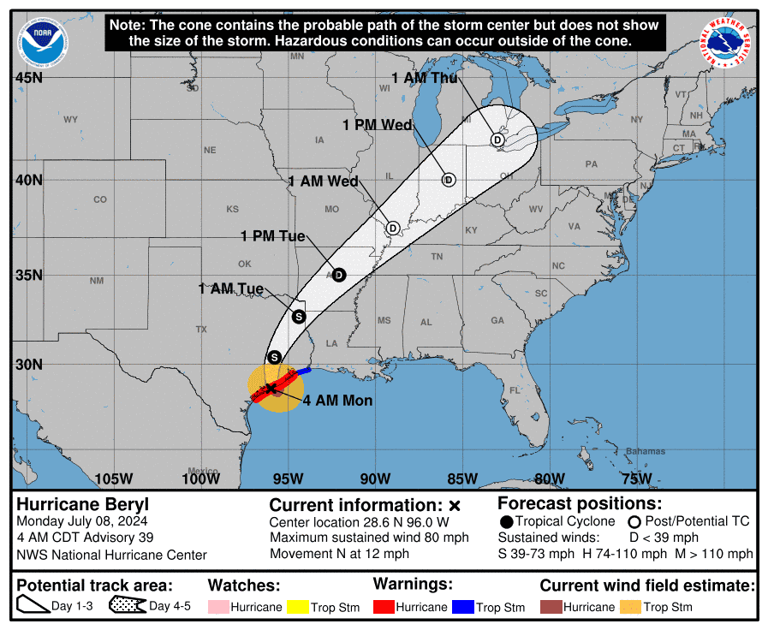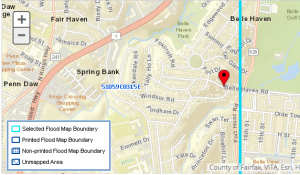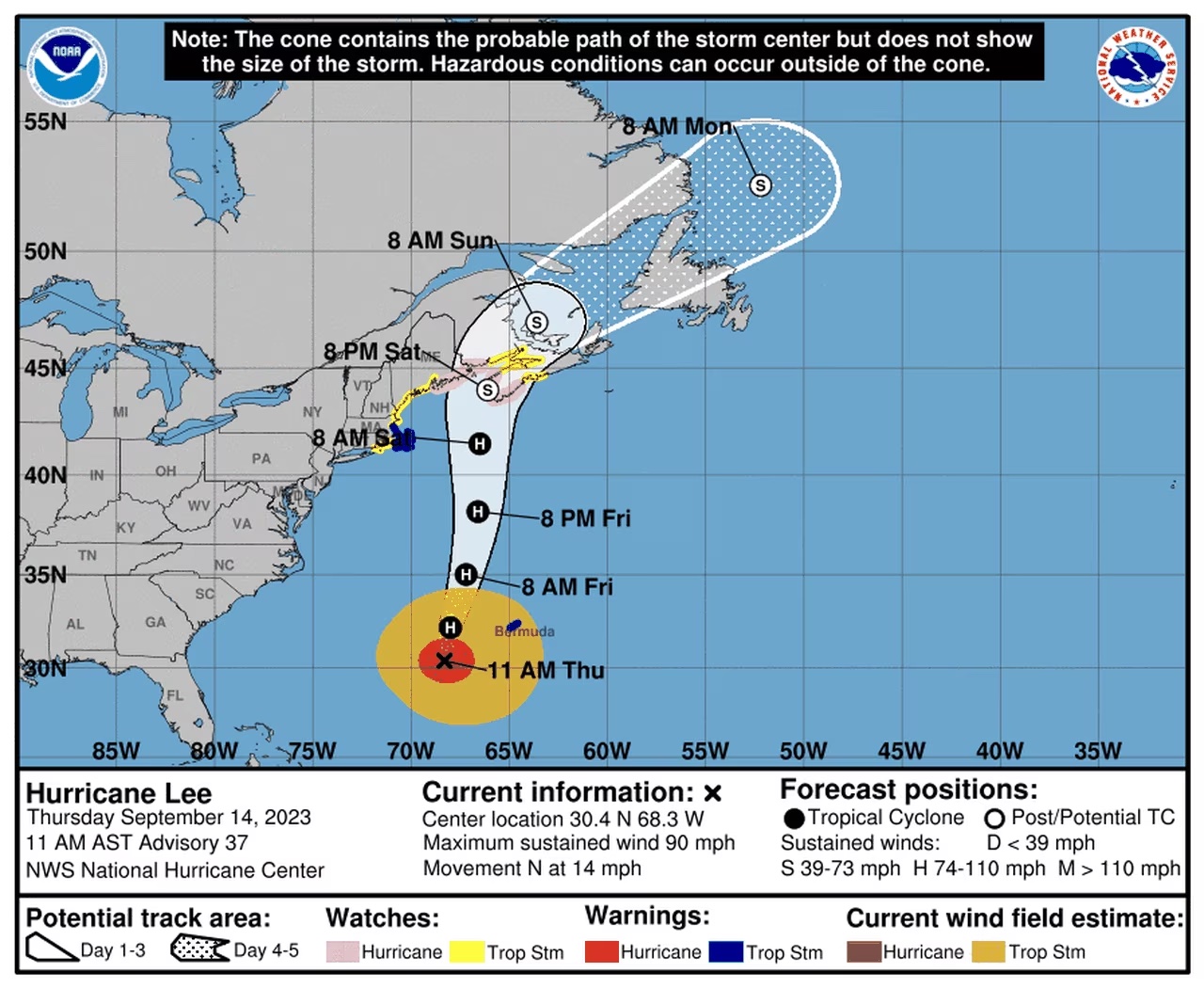
We’re headed into hurricane season and NOAA says it’s going to be a big one. If the National Hurricane Center’s early forecast, released May 23, is right, the North Atlantic could see 17 to 25 named storms, eight to 13 hurricanes, and four to seven major hurricanes by the end of November. That’s the highest number of named storms in any NOAA preseason forecast.
Right now, Hurricane Beryl strengthened to a Category 1 hurricane before making landfall along the Gulf Coast of Texas early this morning. It’s the earliest Category 5 Atlantic hurricane in history, the storm killed at least seven people in the Windward Islands before skirting south of Jamaica, shutting down communications, stranding tourists and delivering storm surge and flooding rain to the island.
So, it’s time to prep. (More advice here.)
Wind damage must be prepped for in advance. You absolutely must check out your property as houses are very vulnerable. During a windstorm, wind forces are carried from the roof down to the exterior walls, down to the foundation. Homes can be damaged when these forces are not properly transferred to the ground. Roof sheathing (the boards or plywood nailed to the roof rafters or trusses) can fail during a hurricane if not properly installed. Or the side walls of the roof (end gables) can take a real beating and can collapse. But there are precautions you can take to fight the force of nature and keep your walls standing and your roof secure.
Doors and windows are also at risk. The exterior walls, doors and windows form a protective shell for your home. If the shell is broken during a storm, high winds can enter the home and put pressure on the roof and walls, causing serious damage. Doors and windows can blow out and the house can even collapse in on itself.
Check out our guide
Floods
If you’ve lived in your neighborhood for a while you probably know your flood risk – and you would have been made to purchase flood insurance if and when you bought your property. However, FEDM has created a neat new guide at the Flood Map Service Center. Just type in your address and you can see how close you are to the flood zone. Here’s one I made for a place I know floods. Just look at where the predicted flood waters go.


